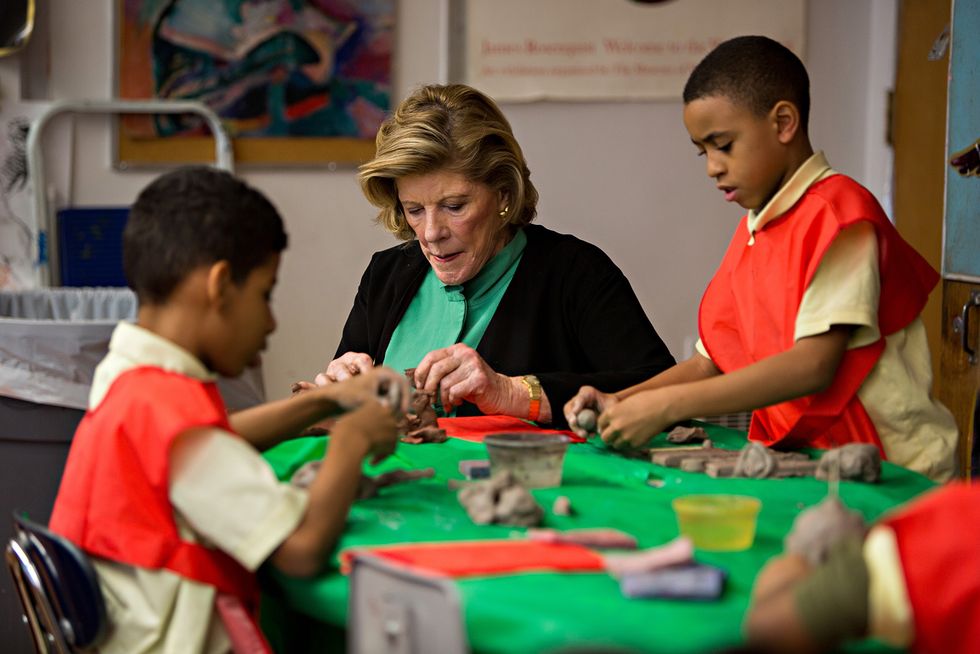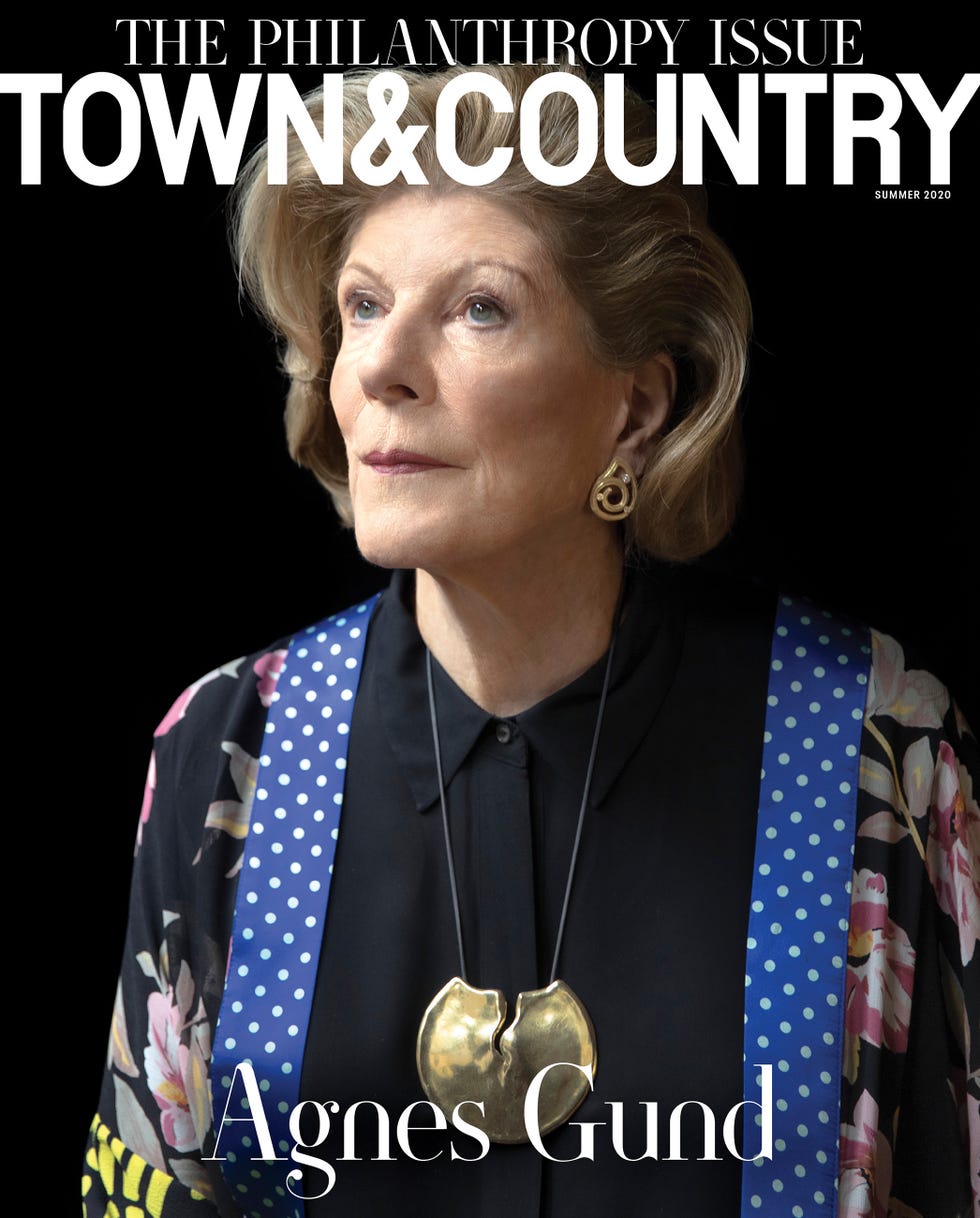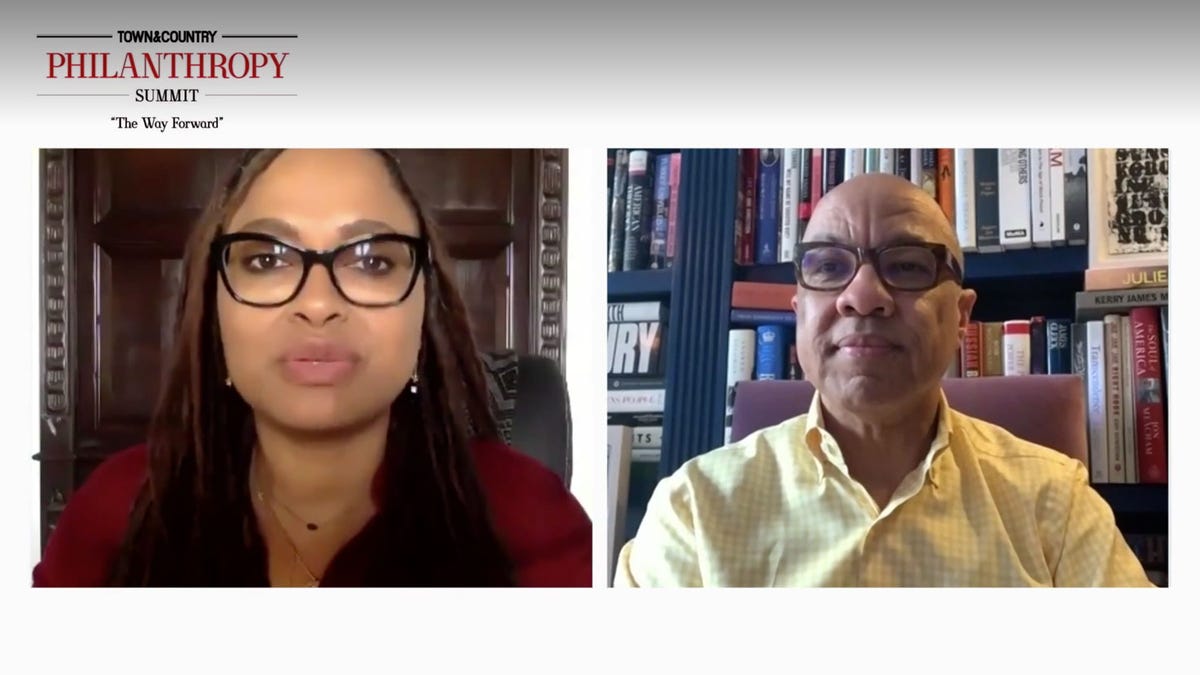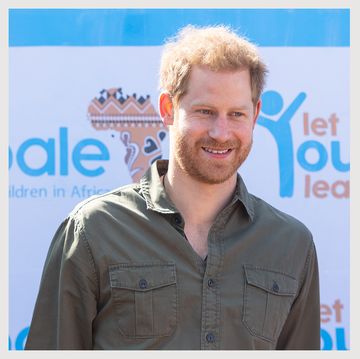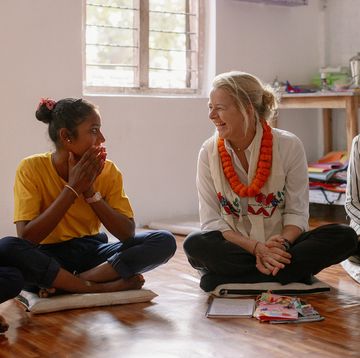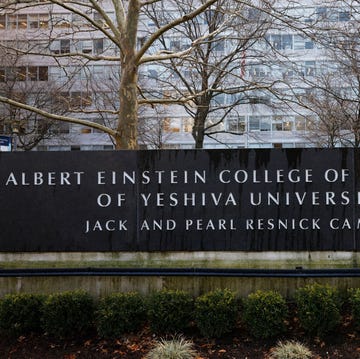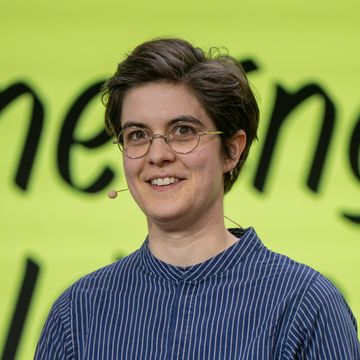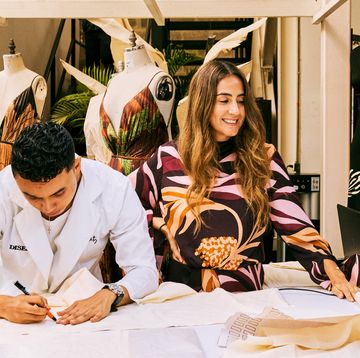Activism is hard. Confronting systems and institutions that create or sustain inequality can be isolating and overwhelming. Advocacy often requires disruption and doing things that are uncomfortable.
Philanthropy for some people is not so hard. Some have more than they’ll ever use, so they give away the excess. Many give only if everyone will applaud their charity and their quality of life won’t be compromised. But there are also rare philanthropists like Agnes Gund who do difficult things: They use resources to confront injustice and oppression; they seek to disrupt the status quo and pursue change that not everyone values; they are “philactivists.” And the world has never needed them more than it does right now.
One of the nation’s most influential art collectors and art patrons, Aggie sold her prized Roy Lichtenstein for $165 million in 2017. She loved the artist and dearly valued his Masterpiece, yet she chose to turn it into a reform movement. Art for Justice was Aggie’s response to the American crisis of mass incarceration. She felt the need to challenge the continuing legacy of slavery, lynching, segregation, and racial bigotry, which has shaped the modern criminal justice system.
Aggie didn’t simply make one of the largest single donations to comprehensive criminal justice reform we’ve ever seen, she did the uncomfortable things activists do. She went to San Quentin Prison, in California. She went to Louisiana’s massive plantation prison in Angola, surrounding herself with the rejected and condemned who have been sentenced to life imprisonment without parole.
I saw her leaning on the arm of an imprisoned man, listening to heartbreaking stories of injustice and inequality. I saw Aggie at Sing Sing prison, outside New York City, trying to shine a light on the plight of people in this country who have been punished excessively and told they are beyond hope and redemption. She was there because she wanted policymakers to understand how brutally we have crushed people who made tragic choices when they were children. (Most recently she has directed millions toward helping incarcerated people and correctional staff during the Covid-19 crisis.)
Now 81 years old, she’s the subject of a new documentary by her daughter Catherine Gund that premiered at Sundance earlier this year. In Aggie, we learn what a powerful force she has been in the art world. For nearly half a century she has opened doors for artists outside the mainstream, especially women and people of color who use art to expose inequality and injustice, and she has been at the forefront of arts education for children. The film reveals Aggie’s humility—which is extremely rare in someone so passionate and dedicated.
Aggie donated $100 million to increase the justice quotient in this country. She wants others in the art world to follow her lead, and some are doing exactly that. With Art for Justice she is modeling something truly extraordinary in America: a willingness to be uncomfortable and to get close to people who are disfavored and broken.
If art creates empathy, Aggie is teaching us something priceless about the need for justice in the world, and what she represents is as compelling and beautiful as anything you’ll find in the art galleries she loves so much.
Bryan Stevenson is the founder and executive director of the Equal Justice Initiative.
This story appears in the Summer 2020 issue of Town & Country. SUBSCRIBE NOW

